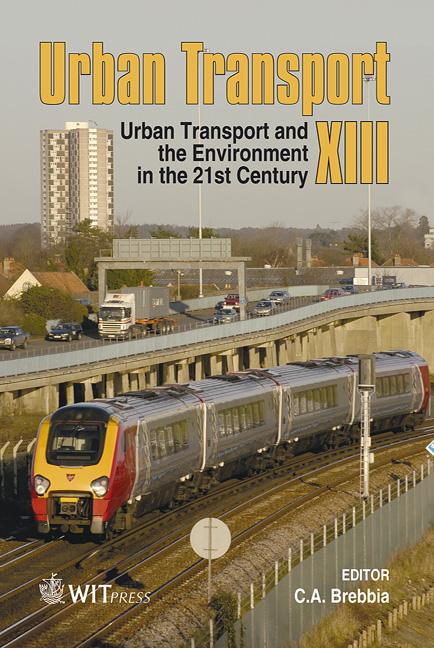Addressing The Needs Of Vulnerable Road Users: Application Of Road Safety Auditing In New South Wales (Australia)
Price
Free (open access)
Transaction
Volume
96
Pages
6
Published
2007
Size
449 kb
Paper DOI
10.2495/UT070271
Copyright
WIT Press
Author(s)
T. G. Winning & S. R. Park
Abstract
The practice of road safety auditing has become an important tool in the prevention of road accidents in New South Wales since its formalisation in the early 1990’s. While there is considerable emphasis placed on the role of road safety audits at the concept and design stages (thus facilitating the identification of potential safety hazards long before the road or traffic facility has been built), there has been growing recognition of the role of thematic road safety audits in assessing risks to specific road users. Audits of \“School zones” (designated low speed education precincts) focus on the movement needs of children, parents and teachers, assess integration of public transport and identify conflicts with vehicular through traffic. Work zone audits assess the dangers to the occupational health and safety of road workers, the hazards of temporary travel paths and the effectiveness of temporary traffic control in reducing accident risk. Principles of safe traffic integration for vulnerable road users are identified from audit experience and the benefit of thematic road safety audit programs concluded. Keywords: road safety audit, school zones, work site safety, temporary traffic control, vulnerable road users. 1 Introduction The practice of road safety auditing, assessing the road environment for unsafe characteristics as opposed to simply checking for conformance to standards, has become an important tool in the prevention of road accidents in New South Wales (NSW) since its inception in the early 1990’s.
Keywords
road safety audit, school zones, work site safety, temporary traffic control, vulnerable road users.





